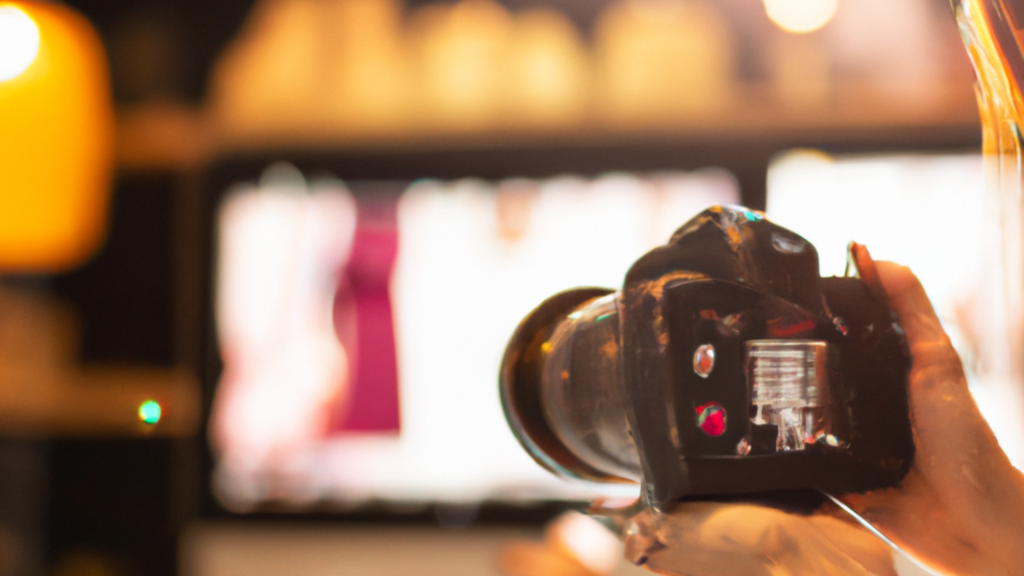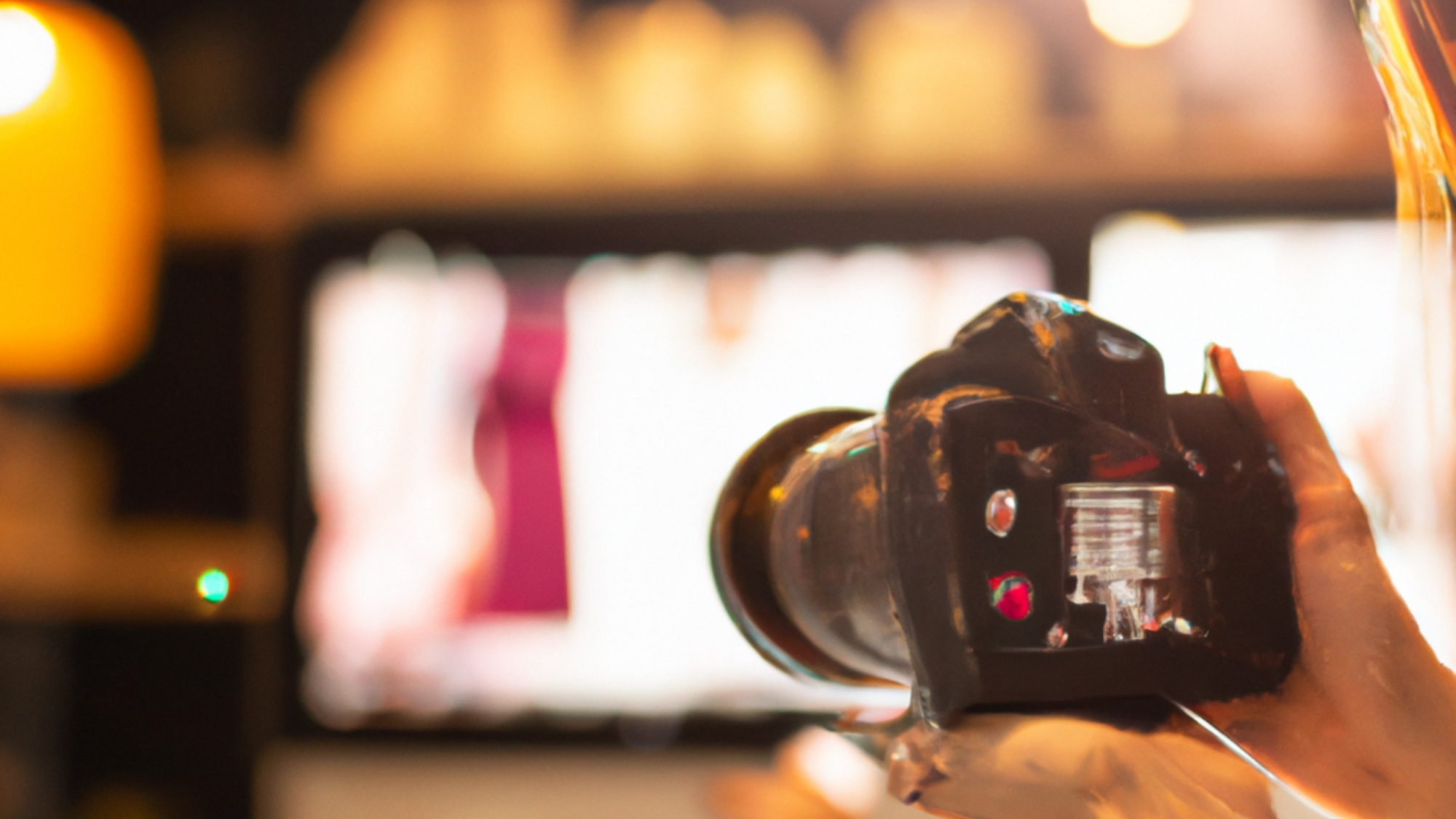
In today’s digital world, product photography plays a critical role in everything from online shopping to marketing materials. High-quality images can make or break a sale, meaning that product photographers need to have the right tools and techniques in their arsenal to showcase items in the best light—literally. Whether you’re a beginner trying to build a portfolio or a seasoned pro, mastering product photography requires a balance of creativity, technical skill, and the right equipment.
In this post, we’ll explore the essential gear and tips for capturing beautiful product photos that highlight every detail. Plus, we’ll share a few product recommendations to help you get started on the right foot.
1. Understanding Your Client’s Vision
Before diving into your gear setup, it’s crucial to understand your client’s vision for the shoot. Product photography can range from clean, minimalist shots to highly stylized images, depending on the brand’s needs. Ask your client about their style preferences, the product’s purpose, and where the photos will be used—whether that’s on an e-commerce site, in a print ad, or on social media.
Once you know the desired outcome, you can adjust your setup accordingly, whether it’s for reflective surfaces like jewelry or complex items like electronics.
2. Choosing the Right Camera
While many types of cameras can be used for product photography, a DSLR or mirrorless camera is ideal for capturing high-resolution images that highlight every detail. One of the most important factors to consider is the camera’s ability to shoot in manual mode, allowing you full control over settings like aperture, ISO, and shutter speed.
Recommended Camera for Beginners: Canon EOS Rebel T7
For those just starting out in product photography, the Canon EOS Rebel T7 is an affordable yet powerful option. Its 24.1MP sensor ensures high-quality images, and its user-friendly interface makes it easy to learn manual settings. Plus, with its price point, it’s perfect for beginners who want professional results without breaking the bank.
For more advanced users, the Nikon Z6 II is an excellent mirrorless option. Its 24.5MP sensor, fast autofocus, and ability to shoot 4K video make it a versatile choice for both stills and video product shoots.
3. Selecting the Perfect Lens
Product photography is all about capturing intricate details, so your lens choice is key. A macro lens is particularly useful for small products, as it allows you to capture close-up shots with sharp details. A 50mm prime lens is another excellent option for capturing crisp, distortion-free images, especially for larger products.
Recommended Lens: Canon EF 50mm f/1.8 STM
The Canon EF 50mm f/1.8 STM lens is a fantastic choice for product photography, especially for beginners. It offers great depth of field control, making it easy to create beautiful bokeh effects while keeping the product itself sharply in focus. Its affordable price also makes it accessible for photographers looking to improve their shots without a hefty investment.
For those using Nikon cameras, the Nikon AF-S DX Micro NIKKOR 40mm f/2.8G lens is another solid option, perfect for capturing close-up details with stunning clarity.
4. Lighting: The Game-Changer in Product Photography
Lighting is arguably the most important element in product photography. Unlike outdoor or portrait photography, product shoots usually require controlled lighting setups to eliminate unwanted shadows, reflections, or glare. Continuous lighting is often preferable, allowing you to see how light interacts with the product in real-time.
Recommended Lighting: Neewer 660 LED Video Light Kit
The Neewer 660 LED Video Light Kit is an excellent lighting solution for product photographers of all levels. It comes with adjustable color temperature and brightness settings, making it easy to fine-tune your lighting for different products and effects. The kit includes softboxes, which are essential for diffusing harsh light and creating a soft, even glow around the product.
For small-scale product shots, a lightbox like the Foldio3 Portable Studio is a game-changer. It provides an all-in-one setup that ensures your product is well-lit from every angle, with minimal shadows.
5. Backdrops and Surfaces
The right backdrop and surface can make a huge difference in your product photos. Keep it simple with neutral colors like white or gray to keep the focus on the product. For more stylized shoots, you can experiment with textured backdrops like wood, marble, or fabric to add depth and context.
A seamless paper backdrop is a great investment for product photographers. Brands like Savage offer high-quality rolls in various colors, allowing you to switch up the mood of your shoot effortlessly.
Pro Tip: Reflective Surfaces
If you’re shooting products with reflective surfaces, like glassware or electronics, be mindful of unwanted reflections. Using a circular polarizer filter can help reduce glare, while soft, diffused lighting ensures the product remains the star of the show.
6. Stability: Tripods and Camera Stands
Stability is crucial when shooting product photos, especially when you’re working with long exposures or macro shots. A tripod not only ensures sharper images but also allows you to maintain consistent framing between shots.
Recommended Tripod: Manfrotto 055 Aluminum 3-Section Tripod
The Manfrotto 055 Aluminum Tripod is highly recommended for product photographers due to its rock-solid stability and flexible positioning. It’s perfect for both beginners and pros who need a reliable tripod for detailed product shots.
For those who often shoot flat-lay product photos, a boom arm attachment can be incredibly useful. It allows you to shoot directly from above without having to awkwardly position your tripod.
7. Post-Processing: Refining the Final Image
Even the best photographers rely on post-processing to bring their images to life. Tools like Adobe Lightroom and Photoshop are essential for cleaning up product photos, whether you need to adjust brightness, remove dust, or fine-tune colors.
For beginners, Lightroom is a great starting point. It offers a range of easy-to-use sliders that allow you to adjust exposure, contrast, and saturation. You can also use Lightroom presets to speed up your workflow and maintain a consistent look across all your product shots.
For more advanced retouching, Photoshop allows for more granular control, such as removing imperfections and blending backgrounds seamlessly.
8. Creating Depth and Interest
While clean, simple product shots are essential for many clients, sometimes you’ll want to add a bit more creative flair. Incorporating props, changing perspectives, or experimenting with lighting angles can add depth and interest to your product photos, making them stand out from the competition.
However, be careful not to overdo it—your main focus should always be the product itself. If the props or styling elements are overshadowing the item, it’s time to scale back.
Pro Tip: Product Styling
For lifestyle product photography, props can be a great way to show how a product is used in a real-world setting. For example, a coffee mug might be styled with a book and blanket to create a cozy atmosphere. Just be sure the props complement, rather than distract from, the main subject.
Conclusion
Product photography is an art that requires the right combination of technical skill, creativity, and equipment. By investing in quality gear—whether it’s a reliable camera, a versatile lens, or proper lighting—you’ll be able to create stunning, high-quality images that showcase products at their best.
With these tools and tips in hand, you’ll be ready to take your product photography to the next level, capturing images that not only highlight the best features of your subject but also appeal to potential customers.
Check out some of our other posts here:
The Best Camera Setup for Food Photographers

